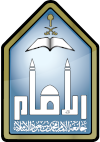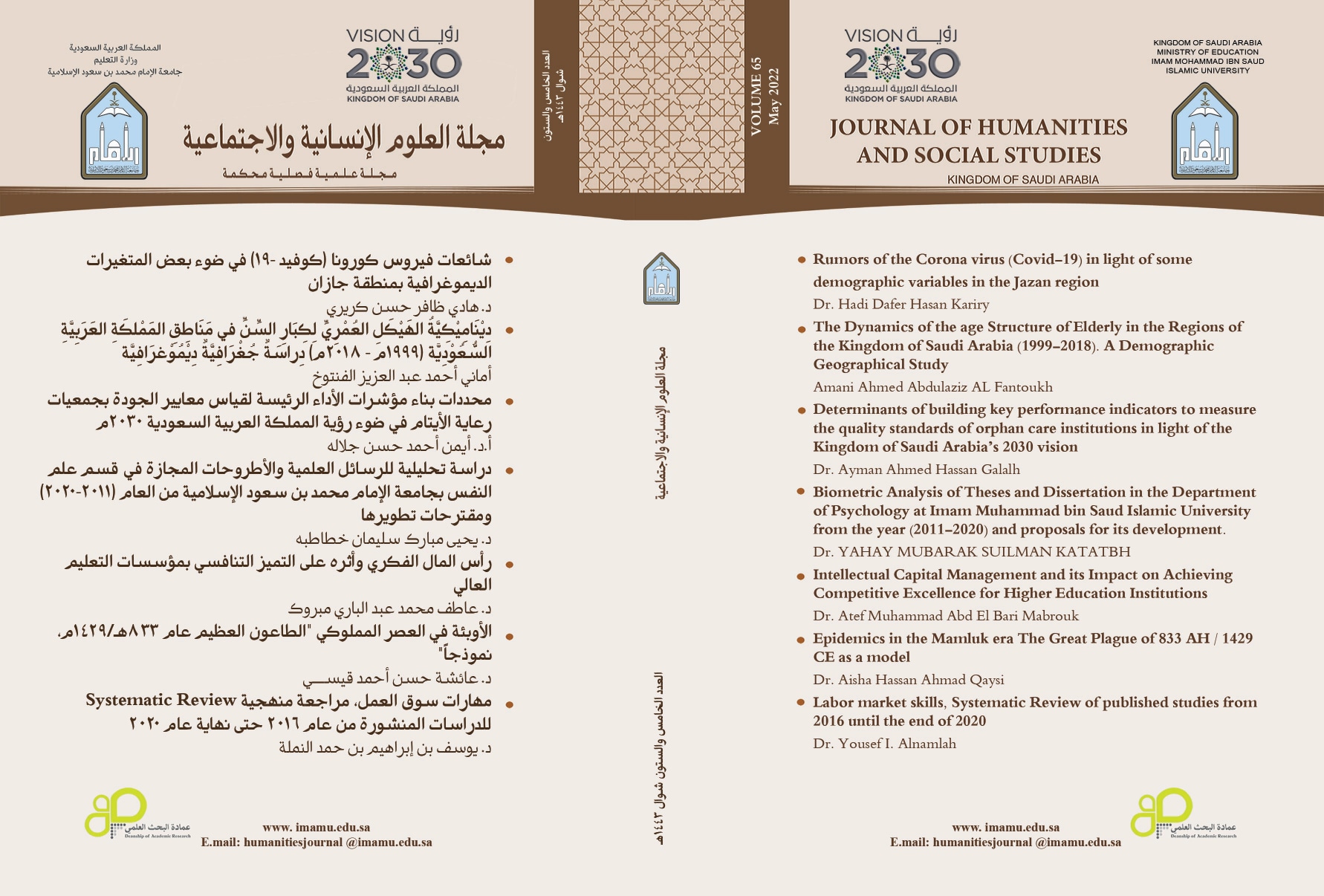Epidemics in the Mamluk era The Great Plague of 833 AH / 1429 CE as a model
Keywords:
epidemics, diseases, plagues, Sultan Al-Ashraf Barsbay, Sons of Sultans.Abstract
This study aims to highlight a great Pestilence that spread in the Levant and Egypt in 833 AH / 1429 CE, during the ruling era of Sultan Al-Ashraf Barsbay. This plague affected all segments of society from the deposed sultans and their sons, The Abbasid caliphs, senior state officials, And the personalities of his exile outside Cairo and down to the lower classes. This disease will be described by its nature and incubation period and determining the social groups that are most vulnerable to this plague. And knowing the reasons for its widespread. And did meetings, breathing, direct touch, and entries into affected areas have a role in its spread? And did funeral and burial rites contribute to the rapid spread of disease? And what are the funeral and burial rituals that were applied during the era of the epidemic? Is it different from the customary rituals? Also, knowing the role of the Mamluk authority in facing this plague. And tracking the role of social and religious institutions during the crisis.
Finally, in this thesis, I will be relied on the historical methodology based on collecting material from its primary sources and then analyzing it to reach conclusions and analyzes based on neutrality.




